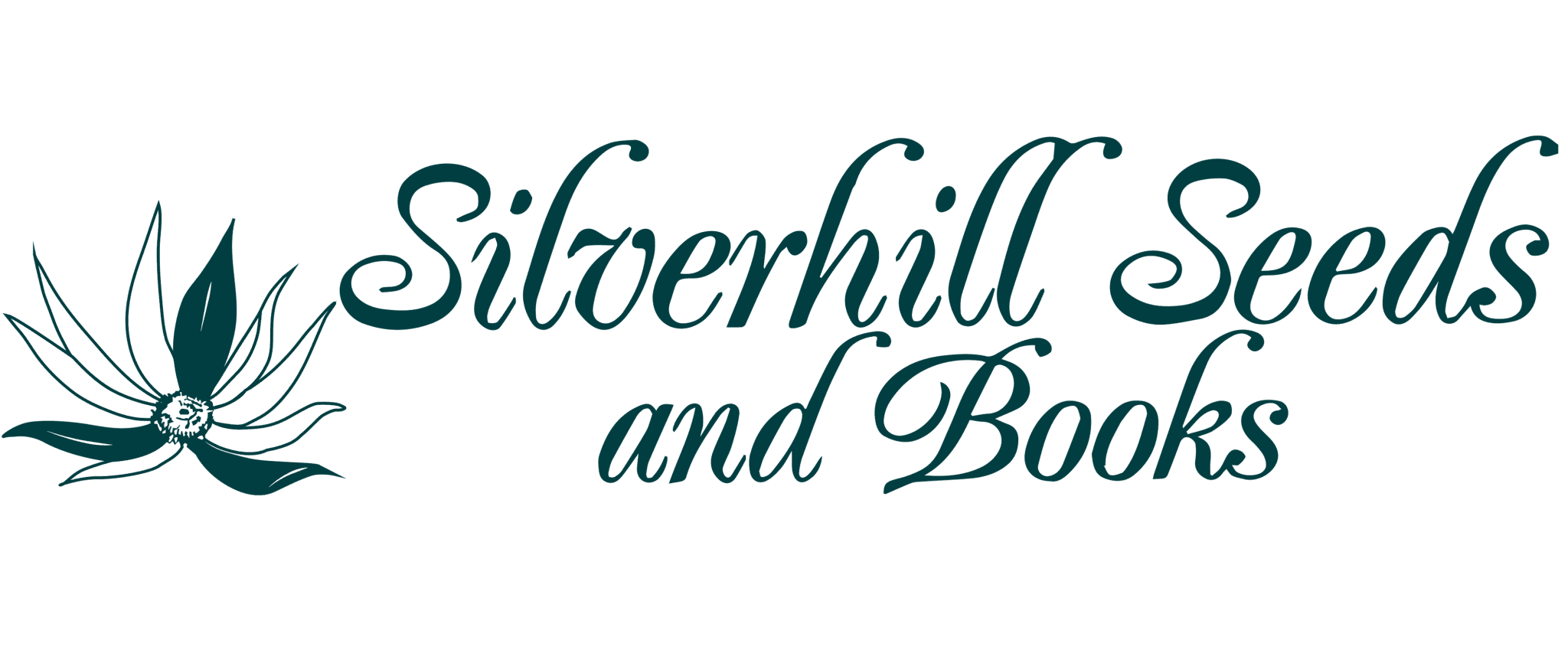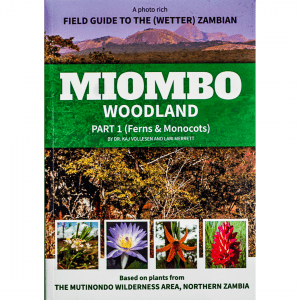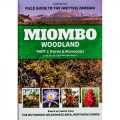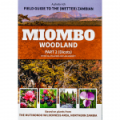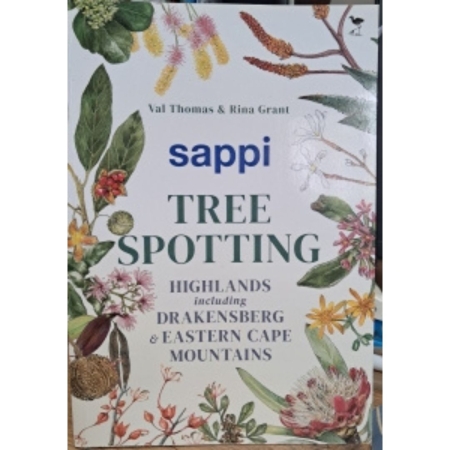Book reviews:
- Review of: Vollesen, K & Merrett L. (2020). By Martin Cheek
A Field Guide to the (Wetter) Zambian Miombo Woodland. Part 1 (Ferns & Monocots) pp 1 446. Part 2 (Dicots) pp 447 1020.
Published by GVPedia Communications gia@gvpedia.com . Soft covers
This is the book of the decade for a tropical African botanist like me. Nothing like it has been seen before. It has value for all interested in identifying vascular plants in tropical Africa, especially in woodland areas.
The book is focused on the 1634 plant species that occur in the 10,000 hectares at 1350 1 680 m alt. of the Mutinondo Wilderness area of north eastern Zambia. The foreword is by Noah Zimba.
As set out in Paul Smith’s introduction, (pp 49) the vegetation is dominated by Miombo semi deciduous woodland which covers about 80% of the area. Comprising canopy trees of Brachystegia, Isoberlinia, and Julbernardia (all detariod legumes) reaching 30 m tall, Miombo is replaced by species diverse, seasonally wet damp grassland (c. 10% cover) in the flat valley bottoms and mushitu (seasonally inundated) forest strips along the river banks (c. 3% of the area). Granite inselbergs, aligned N to S, to form the backbone of the area (c. 7% cover).
The stand out attraction of this book is the number, quality and accurate identifications of the colour photos. Each species usually has three or four, sometimes eight photos each showing a different aspect of the plant, typically habit, leaves, flowers and fruit. As a whole these give us the gestalt or ‘jizz’ of the species. Most of these species (and even genera) otherwise have no published photos available anywhere and have never before been illustrated. So this book is worth buying for the expertly identified photos alone which carry so much information.
Each species also has a succinct description of 35 lines, and notes on geography, ecology, flowering time, and often local names and uses, and etymology. Species are arranged within genus, and genera in families (both with descriptions), presented in a modified APG IV system. There is a useful 50 page ‘photographic key’ to genera based on five categories: ferns; sedges and grasses; creepers, climbers and lianas; herbs and subshrubs; trees and shrubs. There are eight other introductory chapters spanning 30 pages, mainly by the second author, covering the history of the botanical survey work on which the book is based, the topography, climate and geographical and geological context of Mutinondo, the new species discovered (20 taxa) and new records for Zambia (24 taxa); data on rates of natural habitat loss, especially Miombo, in Zambia.
This book will be of interest for anyone interested in identifying plants species, from tourist to researcher who is visiting not just Mutinondo but anywhere in Zambia. The introductory chapters provide valuable context for the main body of the book. The book will be useful across tropical Africa for identification to genus, after all, 611 genera in 143 families are featured with numerous detailed high quality photos: many of these genera also occur in West Africa, for example.
Whilst similar books have been produced for selected areas in South Africa, this is the first time a photoguide has been published for any area in tropical Africa with high quality photos of every species present and linked to authoritatively identify every species present and linked to authoritatively identified herbarium specimens. 4890 herbarium specimens were collected in preparation for this book.
The book is based heavily on the work of the nearly complete Flora Zambeziaca programme which has laid the foundations for accurate identification of the plant species which has laid the foundations for accurate identification of the plant species in most of South-Central Tropical Africa.
This tremendous achievement does great credit to the authors –– Lari Merrett who has co-managed the Mutinondo Reserve for many years, and Kaj managed the Mutinondo Reserve for many years, and Kaj Vollesen, a vastly experienced taxonomist of tropical African plants based at the Royal Botanic Gardens, Kew.
2. Book Review – Field Guide to the (wetter) Zambian Miombo Woodland by Kaj Vollesen and Lari Merrett.(2020) Published by GVPedia Communications – gia@gvpedia.com.
By: Sebsebe Demissew, The National Herbarium, College of Natural and Computational Sciences., Addis Ababa University; e-mail: sebsebe.demissew@aau.edu.et; sebseb.demissew@gmail.com
Two volumes , 1200 pp. Before one opens the book, your eyes are caught on the front page by the title of the book (Miombo woodland) on the upper part with beautiful landscape and flower pictures on the lower part. The back cover is full of representative flowers and fruits.
The field Guide has two parts in 1200 pages, covering 43 families, 611 genera and 1634 species. Part 1 (1-446) includes a forward by Noah Zimba (Secretary General, Forestry Institute of Zambia); introduction to Miombo woodlands (by Paul Smith, Secretary General of Botanic Gardens, Conservation International (BGCI); information about the Mutinondo Wilderness and deforestation in Zambia by Lari Merrett. This is followed by beautiful photographic key showing some distinctive habits in families and a flower key representing various genera in various families. In the part dealing with the ferns and monocots, 16 fern families (Ophioglossaceae to Woodsiaceae); two gymnosperm families (Zamiaceae and Podocarpaceae); 4 basal angiosperms (Podostemaceae, Piperaceae, Nymphaceae) followed by monocots (from Araceae through Orchidaceae, Asparagaceae, Cyperaceae to Poaceae). Part 2 (pages 447-1020) is entirely devoted to dicots, starting with basal angiosperms, Aristolochiaceae and Annonaceae to proper dicots from Rhizopharaceae (no 50) to Apiaceae (no. 143). The dicots include families with diverse genera such as Fabaceae and Asteraceae). In both parts 1 and 2, there are characteristic descriptions of the families and genera an detailed description of each of the species included together with their ecology, distribution and illustrative photographs (habitat, habit and close ups). To help understand the description of the taxa, towards the end, there is a glossary, bibliography and indices to common and scientific names.
To be honest this is one of the most illustrated field-guide I have seen in recent years from tropical Africa. This is a book written by Lari Merrett who dedicated herself to documenting the beautiful resources of the Miombo Woodland over many years and the taxonomist from Kew, Kaj Vollesen with deep knowledge and expertise on the plants of Tropical Africa from Ethiopia to Zambia. The book not only provides information to be used for identification of the plant resources by conservationists , amateur and professional botanists and students visiting Miombo woodlands, this book is also very useful in the identification of plants in the rest of tropical Africa as some of the species are not restricted to the Miombo woodlands in Zambia, but across the dry lands tropical Africa. I recommend this important book is available in Libraries of academic institutions, in the hands of individual botanists, conservationists, nature lovers and tourists visiting the area.
